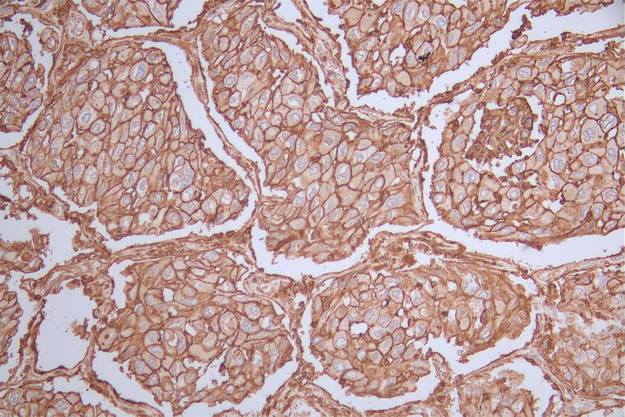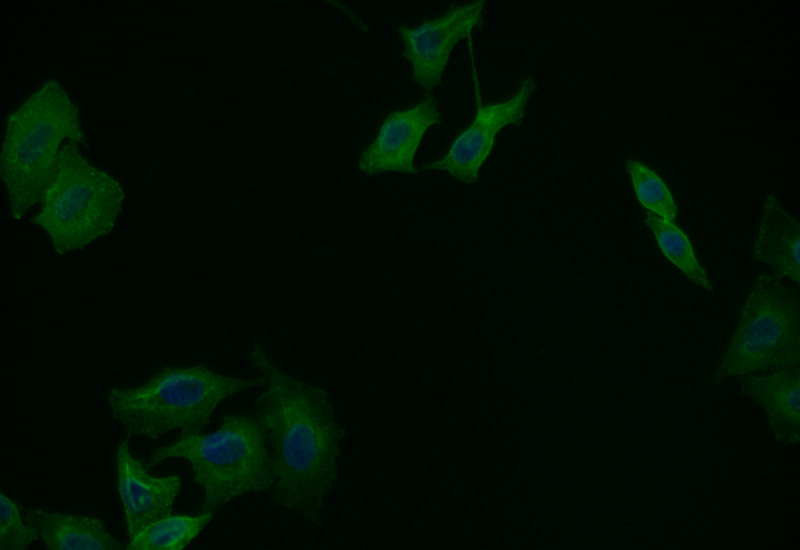The generation of the CD44 recombinant monoclonal antibody relies on in vitro expression systems, which are established by cloning the DNA sequences of CD44 antibodies from immunoreactive rabbits. The immunogen employed in this process is a synthesized peptide derived from the human CD44 protein. Subsequently, the genes encoding the CD44 antibodies are inserted into plasmid vectors, and these recombinant plasmid vectors are then transfected into host cells to facilitate antibody expression. Following expression, the CD44 recombinant monoclonal antibody undergoes affinity-chromatography purification and is thoroughly tested for functionality in ELISA, WB, IHC, IF, and FC applications, confirming its reactivity with the human CD44 protein.
CD44 is a versatile cell surface glycoprotein with numerous functions in cell adhesion, migration, signaling, and immune responses. Its roles extend to various physiological processes and pathological conditions, including inflammation, cancer, tissue development, and stem cell regulation.










